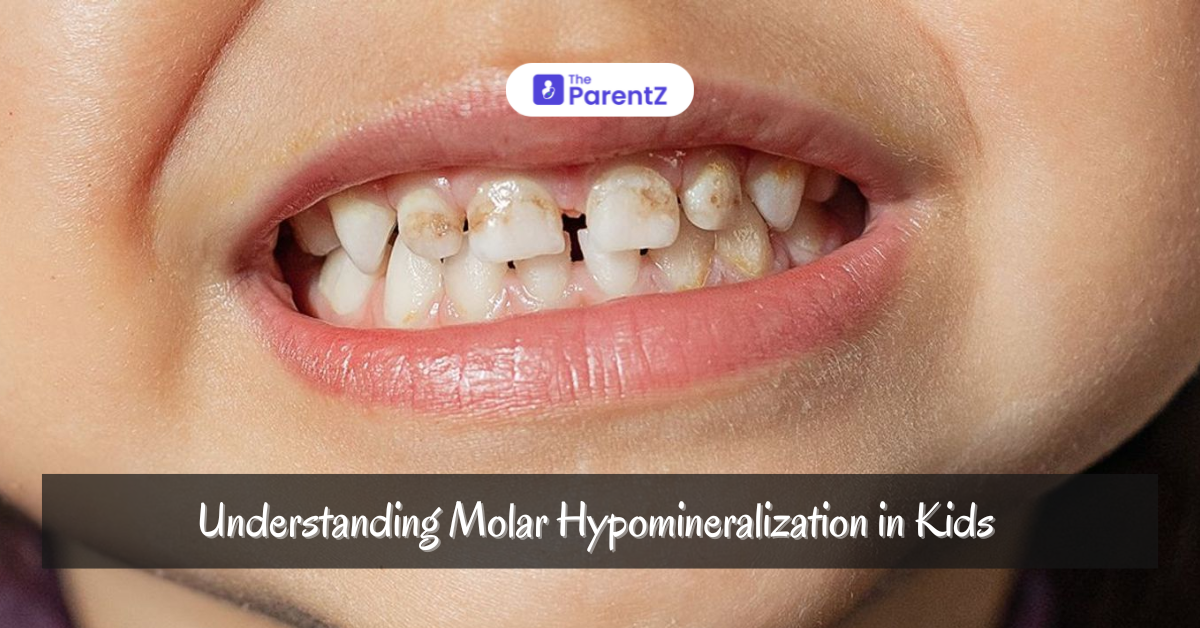Molar hypomineralization is a common yet often overlooked dental condition in children. It affects the first permanent molars, causing them to develop with less mineral content than normal. This can lead to a range of dental issues, from increased sensitivity to a higher risk of cavities and other dental complications. Understanding molar hypomineralization is crucial for early diagnosis and management, ensuring better oral health outcomes for affected children.
What is Molar Hypomineralization?
Molar hypomineralization refers to a developmental condition where the enamel of the first permanent molars (and sometimes incisors) is improperly formed. Here's what you need to know:
- Developmental Defect: It occurs during the formation of these teeth, typically between the ages of birth and three years.
- Enamel Deficiency: The affected enamel is softer and less dense, making the teeth more susceptible to wear and decay.
- Appearance: These molars may appear discolored, often presenting as creamy-white, yellow, or brown patches on the teeth.
- Location: The condition predominantly affects the first permanent molars, though it can also involve the incisors.
Causes of Molar Hypomineralization
While the exact cause of molar hypomineralization is not fully understood, several factors are believed to contribute:
1. Prenatal and Perinatal Factors: Illness during pregnancy, complications during birth, or premature birth may increase the risk.
2. Childhood Illnesses: Conditions like asthma, high fever, or certain viral infections during early childhood can disrupt enamel formation.
3. Environmental Factors: Exposure to toxins, such as dioxins, or prolonged use of antibiotics during childhood may contribute.
Signs and Symptoms
Parents and dental professionals should be vigilant for the following signs:
- Discoloration: As mentioned, affected teeth often have noticeable discoloration.
- Sensitivity: Children with hypomineralized molars may experience pain or discomfort when eating hot or cold foods.
- Increased Risk of Decay: Due to the weaker enamel, these teeth are more prone to cavities.
- Chipping or Fracturing: The affected molars can chip or break easily during normal chewing.
Diagnosis and Treatment
Early diagnosis is key to managing molar hypomineralization effectively. Treatment options include:
- Fluoride Treatments: Strengthen the enamel and reduce sensitivity.
- Sealants: Protect the affected molars from further decay.
- Restorative Treatments: For severe cases, crowns or fillings may be necessary to restore function and appearance.
- Regular Monitoring: Frequent dental check-ups to monitor the condition and prevent complications.
Conclusion
Molar hypomineralization in kids is a condition that requires attention and care. Early diagnosis and appropriate management can make a significant difference in a child’s oral health, preventing discomfort and potential complications down the road. By understanding the causes, signs, and treatment options, parents and healthcare providers can work together to ensure the best outcomes for children affected by this condition.








Be the first one to comment on this story.